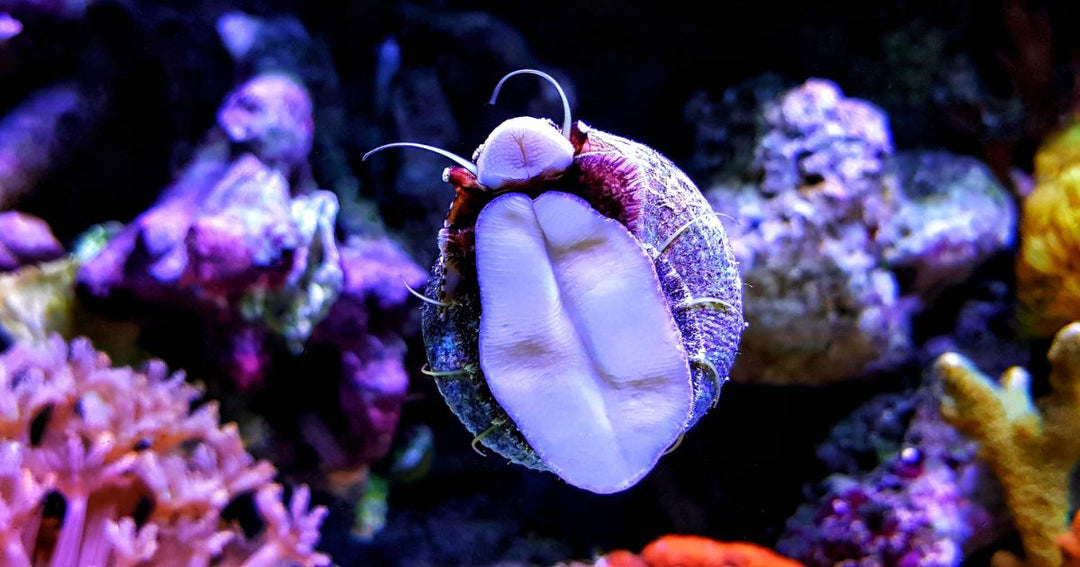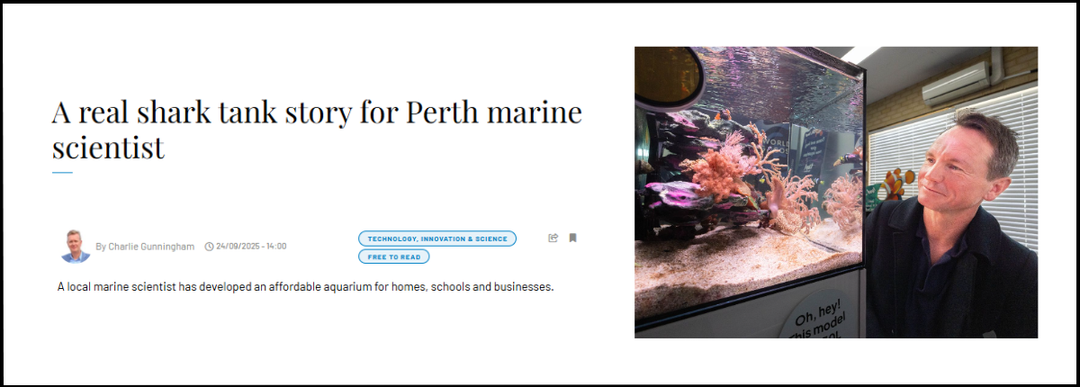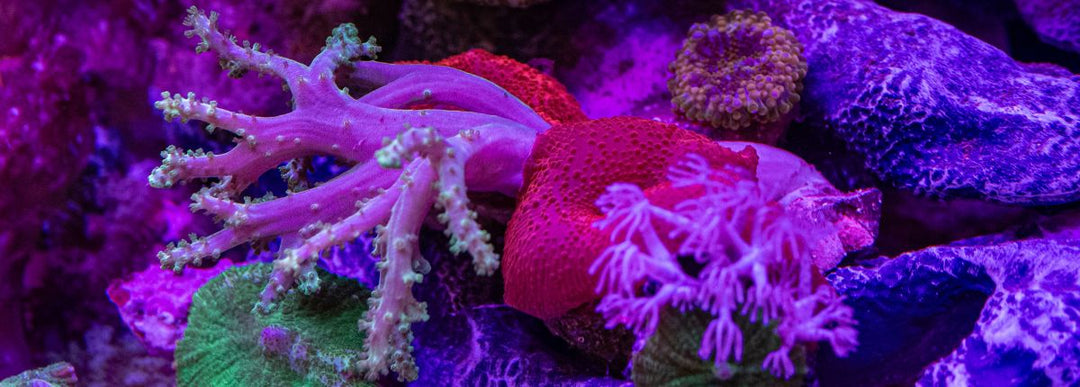Algae — The Foundation of a Thriving Marine Aquarium

If you’ve recently welcomed a Living Ecosystem Aquarium into your space and started noticing algae on your rocks, sand, or glass — it’s time to celebrate. Algae is the critical foundation of a well-functioning ecosystem.
Just as life on Earth began with simple photosynthetic organisms like algae and plankton, your Living Ecosystem begins the same way. This early biological activity uses light and nutrients to create the conditions for everything else to follow. Without algae, corals can’t grow, microorganisms can’t feed, and the cycle of life in your aquarium can't take hold.
While some algae is a healthy sign of life, excessive growth can signal that your ecosystem needs a little fine-tuning. Balance is key in creating a truly self-sustaining environment — and this is exactly what we’ll explore in the article.
What is Algae — And What To Do About It
Algae is a marine plant that grows when there is light, nutrients, and water - just like in the ocean. In your Living Ecosystem Aquarium, the bio-active live sand and cycling process introduce these nutrients from day one.
Light helps tiny photosynthetic organisms like diatoms, cyanobacteria, and algae start growing on surfaces like glass, rocks, and sand. They use the light and nutrients to create energy and start building up natural life in your tank.
As these tiny organisms grow, they support helpful bacteria and get the natural cycling process started — an important step in creating a healthy, balanced ecosystem.
To support this cycling process:
- Wipe the glass to release algae and bacteria into the water
- Gently brush algae off the rocks to uncover fresh surfaces and free up nutrients
- Stir the sand lightly to coven the algae and bring in fresh oxygen
These small actions help keep your ecosystem active. Snails and other bottom-dwelling clean-up animals can also be added once the aquarium has settled, helping manage algae over time.
Excessive Algae Growth
While some algae growth is expected, excessive algae may indicate too many nutrients in the system. If that happens, check the key factors:
- Has there been a change in filtration or flow?
- Are we overfeeding?
- Is the lighting being used as recommended?
If you answered yes to any of these, make a small adjustment, then observe. Ride the wave — algae blooms often settle down as your ecosystem finds its balance.
To better understand what’s happening in your tank, let’s take a closer look at the different types of algae you might see — and what each one is telling you.
The Different Types of Algae — And What They Tell You
Algae can take on different forms and may appear at various stages, depending on lighting, nutrient levels, and how established the ecosystem is.
Algae growth is most noticeable in the early stages, especially in the first few months after setup. As the Living Ecosystem matures, algae becomes less dominant — but it remains an ongoing part of the natural cycling process throughout the life of the aquarium.
Here are some of the algae types you might notice in a Living Ecosystem Aquarium:
1. Brown Slime Algae (Diatoms)
Fast growing, dusty, soft film on surfaces. A healthy sign of early-stage nutrient cycling and will always be present.

2. Red Slime (Cyanobacteria)
This reddish or maroon slime is often mistaken for algae, but it's actually cyanobacteria. It often appears in new tanks when there's a nutrient spike, like from a dead snail or overfeeding. Low oxygen or weak water flow can also play a role. Make sure the return pump is working properly to support good water flow and gas exchange.

3. Green Slime Algae
Green slime algae is a little tougher and slower growing and often appears as the system begins to stabilise and biological processes become more active.

4. Filamentous Algae (Hair Algae)
Hair algae has a stringy growth pattern and is a natural part of reef development, providing a food source for snails and other clean-up animals.
5. Coralline Algae
Hard pink or purple spots may develop on surfaces in well-established systems, but are less common in Living Ecosystem Aquariums, which are optimised for moderate nutrient levels that are less suited to hard corals and coralline algae.
In Summary
Algae is a natural and essential part of your Living Ecosystem. It signals the start of nutrient cycling, supports the biological community, and lays the groundwork for a stable, thriving reef.
While rapid slime algae growth may be a short-term problem from time to time, particularly when the system is unstable, with some patience and a few small adjustments to keep the nutrients under control, your reef will find its natural balance.










